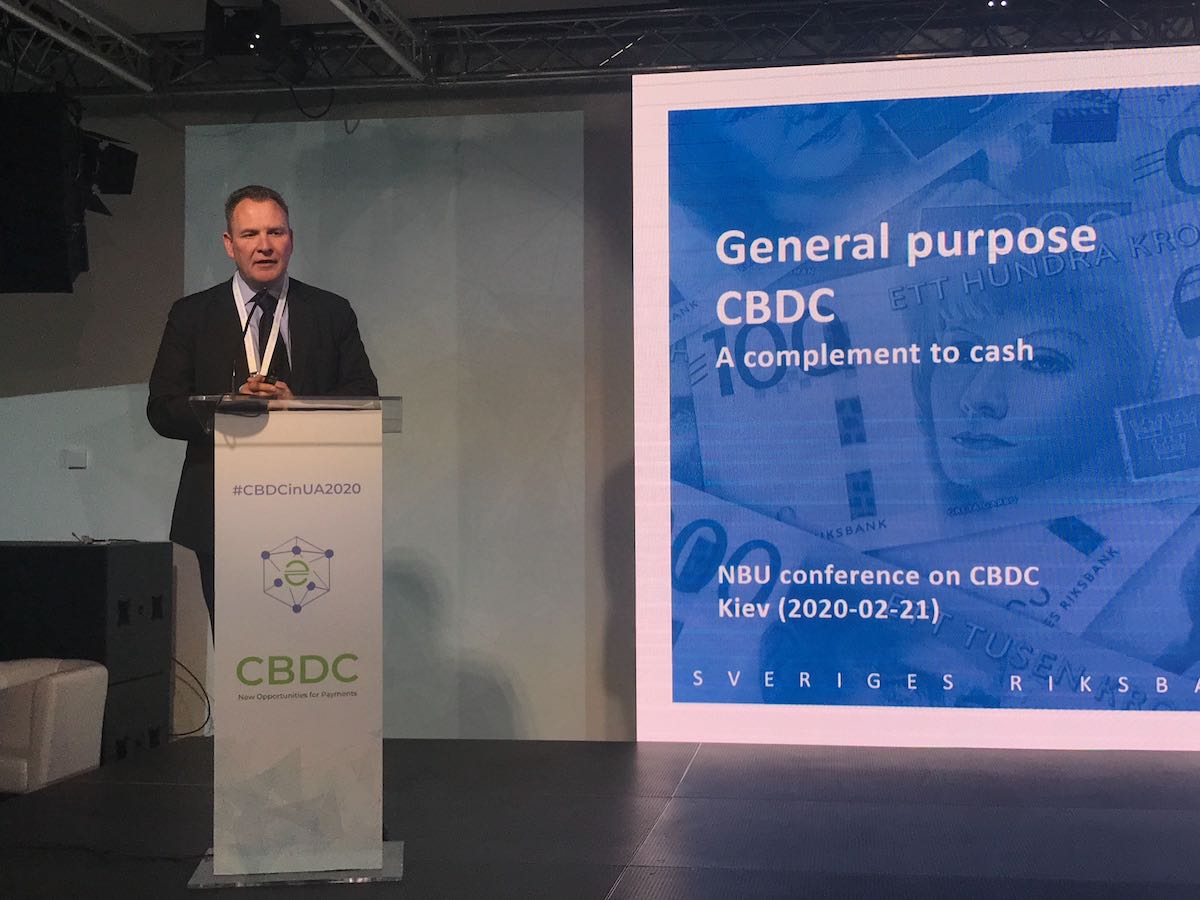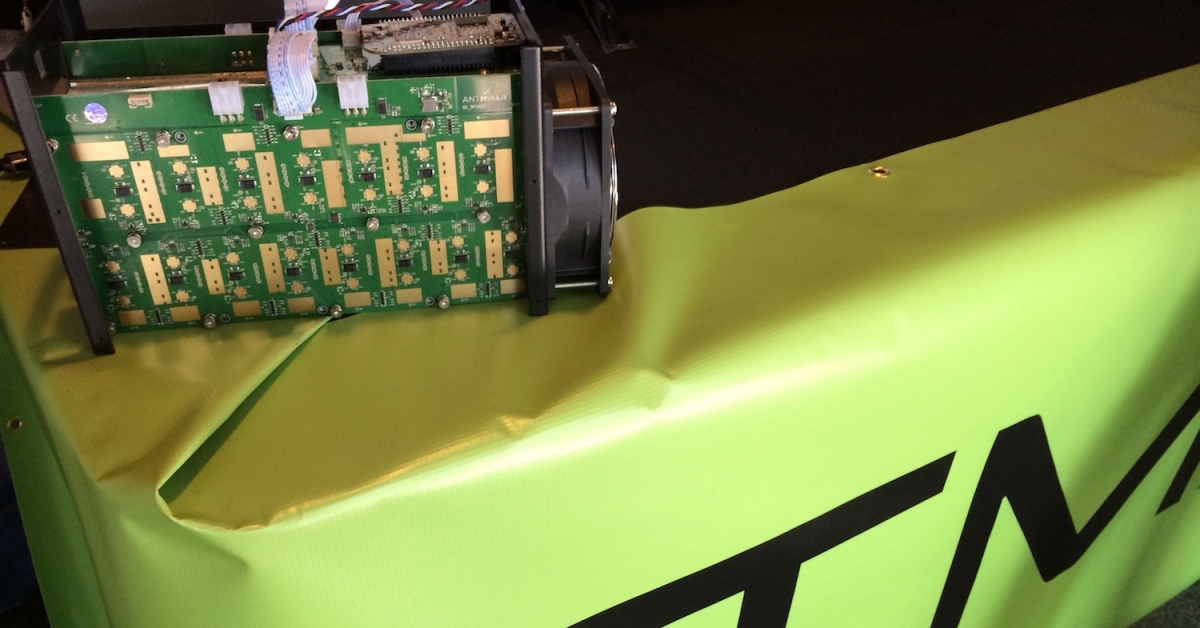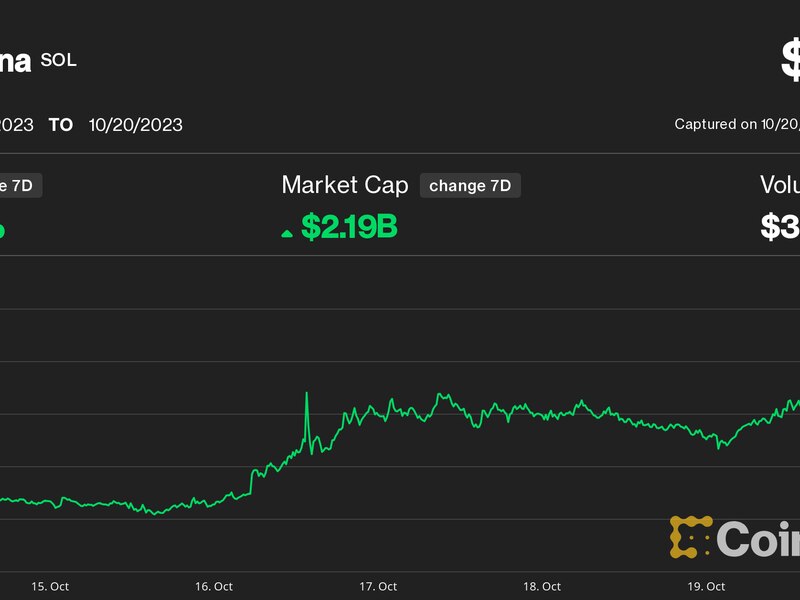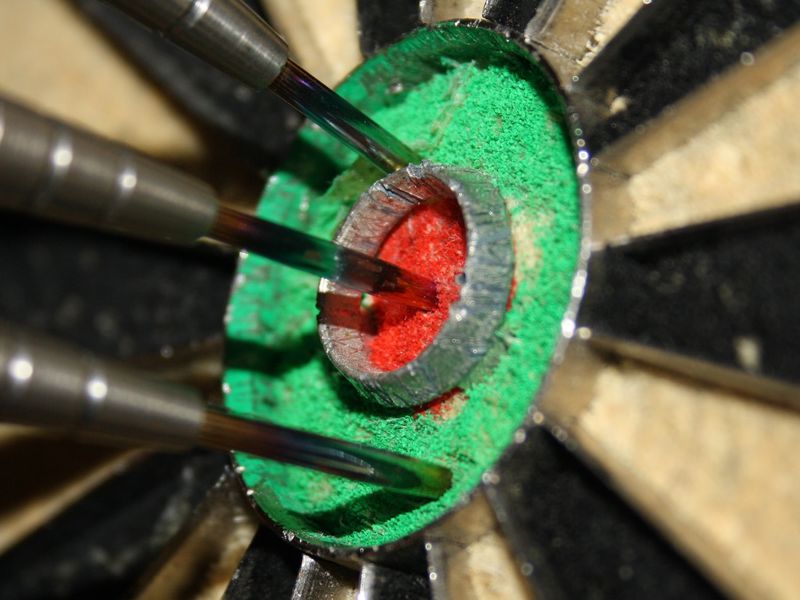What to Expect From Ethereum’s Latest Massive Upgrade: Dencun
Dencun, the largest Ethereum upgrade since the network switched to proof-of-stake (PoS) 18 months ago, is set to go live sometime tomorrow. Some developers have referred to the release as a cheap for crypto because of its implications for how users interact with decentralized apps on Ethereum’s secondary scaling platforms (layer 2s).
This is an excerpt from The Node newsletter, a daily roundup of the most pivotal crypto news on CoinDesk and beyond. You can subscribe to get the full newsletter here.
In short, Dencun will change how data is stored on Ethereum, making it significantly more accessible and also cheaper to record layer 2 transactions. There’s already been a lot written about Dencun (a portmanteau of two separate updates, Cancun and Deneb, accounting for nine separate Ethereum Improvement Proposals) and there’s a lot to say.
But the massive upgrade has been in the works for a while, meaning there’s potentially a lot of lesser known details about how it came to be. Here’s what you need to know about how Dencun will affect you, and how it came about:
Ethereum’s Gas-less Era: Dencun will make L2 transactions super cheap — nearly costless, to the point that almost all activity on Ethereum will switch to these networks. There may even be projects or protocols that will incentivize use by eating the gas payments users usually have to bear (it’d be cheaper than paying for marketing!).
Major Milestone: Dencun is the biggest Ethereum upgrade since The Merge in September of 2022, which transitioned the network from a purposefully inefficient proof-of-work algorithm to staking. It is also one of the steps towards Ethereum’s ultimate goal of being able to support hundreds of different rollups and secondary scaling layers, and one day to process millions of transactions per second.
Long in the Works: Dencun will introduce the process of Proto-Danksharding, something long theorized (it was first mentioned by Buterin in 2019) which changes how Ethereum stores data. Instead of keeping all data directly on the Ethereum mainnet’s immutable execution layer, which is expensive and computationally heavy, Dencun will introduce a new, temporary way of storing “blobs” of data, which is cheaper. Blobs may sound like a silly term, but they’re actually a common concept in computer science. There are similar data management blobs in programming languages like Javascript and Python.
Etymology: Proto-Danksharding is named after two Ethereum researchers, Dankrad Feist and Proto Lambda, who proposed the change. It’s fitting because Proto Danksharding is necessary for the full rollout of Danksharding — which is several years away and takes the idea of simplifying data storage further. Also, although the term “sharding” is in the name, neither Danksharding nor Proto-Danksharding is a traditional way to “shard” — or split — a database into smaller parts as known in computer science, which was the original plan for getting Ethereum to scale. In a sense, Dencun’s introduction of Proto-Danksharding is a serious deviation from the original roadmap for Ethereum, chosen because it’s easier to implement.
Largest Ceremony Ever: The first step in setting up Proto-Danksharding happened in 2022 with the world’s largest “Trusted Setup” ceremony. Named after researchers (Aniket Kate, Gregory M. Zaverucha and Ian Goldberg) who created a key component that makes Blob storage possible on Ethereum, tens of thousands of people participated in what’s now called the KZG Ceremony, which was a way for the Ethereum community to collectively generate a secret random string of data needed for proto-danksharding to work.









